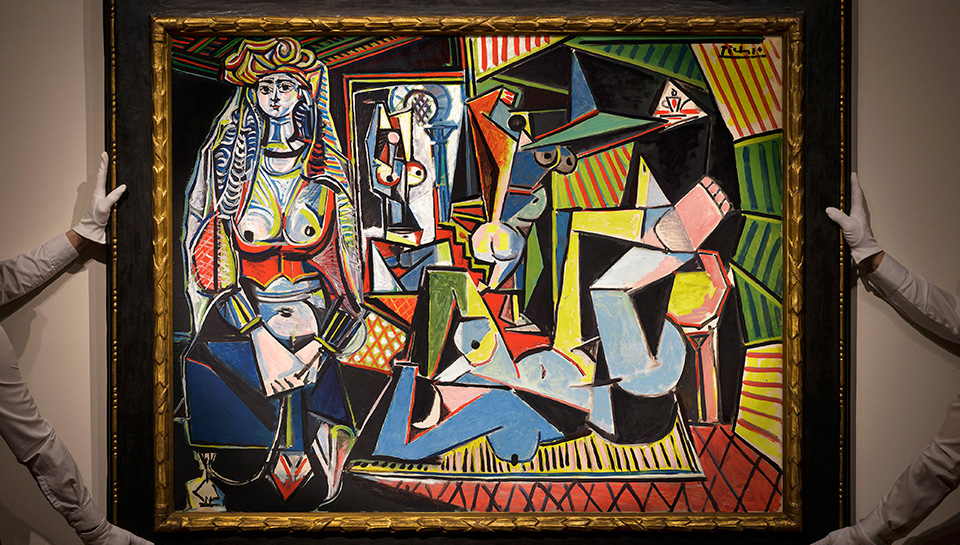- What is Expensive Art & the Most Expensive Piece Ever Sold
- What is the most expensive art piece and why buy valuable abstract art?

- 31 July '19
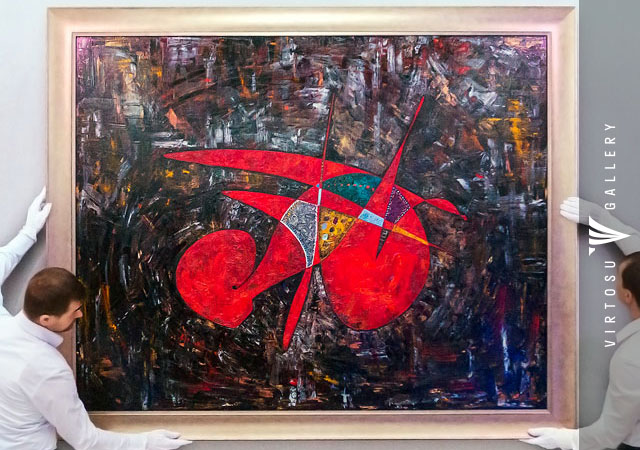

by Robert McIntosh
31 July '19What is Expensive Art & the Most Expensive Piece Ever Sold
There is no universally agreed-upon answer, but we shall be Aristotelian about it: all art has a purpose, and the degree that it is fit to that purpose is the degree that it is an excellent art.
Some may say that the real purpose of art is to make our surroundings more pleasant and it's right from a perspective. Another perspective is to make us feel better or enjoyable; this way, we may judge whether people "like" or dislike something to determine its real value. However, under this definition, wallpaper could count as art.Professional opinion indeed is all that counts as it takes extensive training to evaluate how an artwork maintains or not a particular tradition. Art seems to have a language all of its own, and the ways we respond to art are primarily determined by the associations we have with art from a similar tradition.
Great art needs to have something to offer to the audience. Great art seems to have always a quality that allows it to transcend the artistic tradition in which it is based. It is almost like even if you don't fully understand it; you know that it has a lot to say. So in that way, everyone can judge great art to some extent, but it is great to have people around that can read it correctly, so we know whether it is great or whether it is just a babbling imposter.
In consideration of artistic expression, whether as creator or spectator, the most crucial factor is the ability to discern between what is pure quality and what is merely a novelty.
Novelty may have popular appeal but fades in its importance over time like Damien Hurst or Andy Warhol. Quality despite unpopular or controversial inception, increases over time as the likes of Arshile Gorky, Franz Klein, Piet Mondrian, Pablo Picasso, Claude Monet, who hold up the titles of most expensive painting ever sold.
Quality in art is the ultimate real truth expressed through the individual’s experience of existence. And the success in expression and transmission lies deep in its potential to communicate more than its surface values.
The short answer is that most arts lack communication potential. Pieces sold for seven and eight figures tend to make the headlines, but most of the living artists’ works will never achieve that. It all lies in appreciation as real art tends to grow in value in a range of 4-14% average per year.
To understand why a few artists are rich and famous, first, you need to realise that majority of them are not and will never be. To break into the art market, an artist first has to find a gallery to represent them, which is harder than it sounds.
Emerging artists’ works are priced based on the size and medium. A larger painting will usually be in $8,000 to $20,000 range. If an artist is represented by a sound or well-known gallery-like David Zwirner or Hauser, the dealer’s prestige may be enough to raise the artist’s sale prices, even if the artist is relatively unknown.
If we were to consider the costs of maintenance, logistics, custom packaging, and insurance, it all adds up considerable amounts per year. And then artworks sold at auction houses are subject to premiums and sales commission. Finally, some countries charge VAT or sales taxes, and suddenly we realise that the art world is quite expensive just to run and maintain.
The process is becoming increasingly difficult thanks to the closing of smaller galleries around the world. However, large galleries are opening new locations to cater to an increasingly global market.
Many people are going after a small number of artists. That’s what’s driving up prices.
Given the individual nature part in general and contemporary art in particular, it’s hard for collectors to discern whether an artist is outstanding. So what most people do is look for quality signals. Those signals can, for example, be what an influential curator is saying about an artist; if he/she has exhibitions in museums; if prominent collectors are buying or ever bought his work. Everybody, to some extent, is looking at the same signals, and at one point, they start agreeing who are the most desirable artists.
In other words, some artworks are more expensive because there’s a consensus in the art world that their works should be more expensive. Art is a market for unique objects which adds a real sense of scarcity into the mix. There are only a few known da Vinci oil paintings in existence, some of which belong to museums and therefore are permanently off the market.
The most expensive art piece
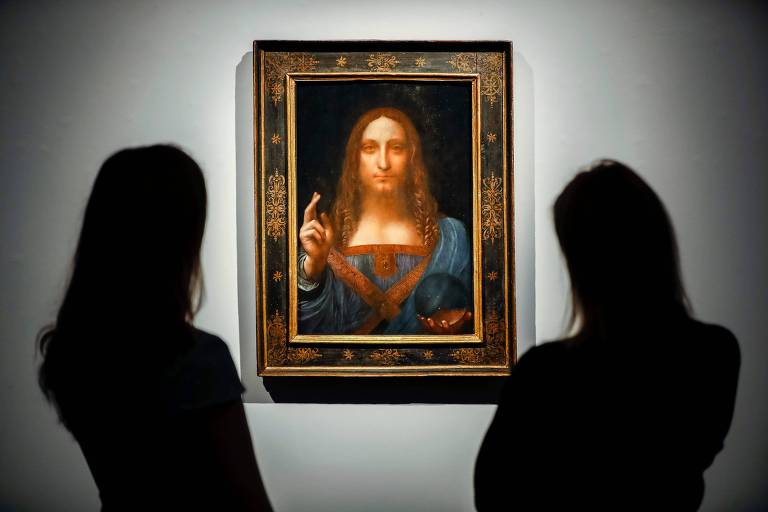
The world’s most expensive artwork ever sold at auction was purchased in November 2017 at a Christie’s sale. The oil painting, Leonardo da Vinci’s Salvator Mundi, went for $450 million to Saudi Prince Bader bin Abdullah bin Mohammed bin Farhan al-Saud.
Compared with his peers, Leonardo da Vinci, an inventor and scientist as well as an artist, was a notably unprolific painter: Fewer than 20 known paintings can be attributed to his name; the last to be discovered was the Madonna, and Child With Flowers, which have emerged out in St. Petersburg, of a private collection. As of 2005, two oil paintings remained unaccounted for: the Swan and Leda, a large-scale mythological allegory, and the Salvator Mundi.
Most expensive pieces sold
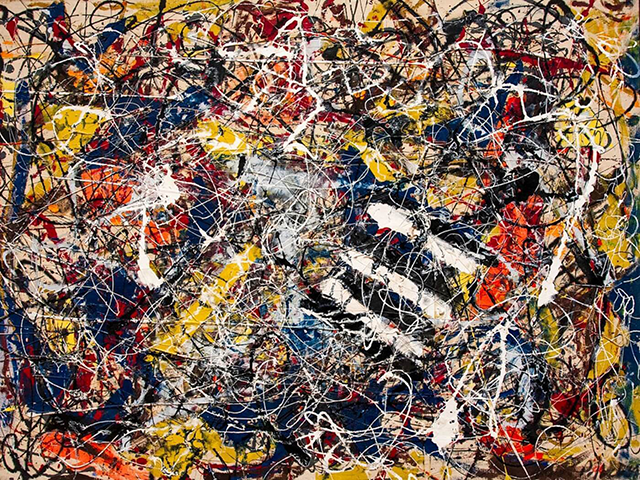
Billionaire Ken Griffin paid about $500 million for two paintings by abstract expressionist masters in one of the largest private art deals ever, according to people familiar with the transaction. Mr Griffin is the founder of Chicago-based hedge fund Citadel. He bought works by Jackson Pollock and Willem de Kooning from David Geffen’s foundation. The deal, completed in the autumn of 2015, is a record for both artists and exceeds the highest mark for a private sale, the $300 million that Qatar Museums paid for When Will You Marry by Paul Gauguin. “To own the greatest art-historical objects of our time one has to go above and beyond to obtain them,” said Abigail Asher, a partner at art advisory firm Guggenheim Asher Associates in New York.
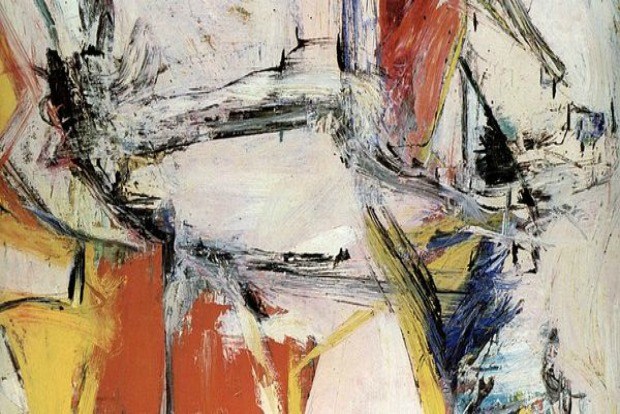
Mr Griffin bought William de Kooning’s 1955 oil painting titled Interchange for about $300 million and Jackson Pollock’s 1948 Number 17A canvas for about $200 million. The de Kooning fetched $20.7 million in 1989, an auction record for the artist and three times pre-sale estimate of $6 million. Pollock’s artwork was featured in a 1949 Life magazine article that helped make him a household name. In September 2015, the paintings went on display at the Art Institute of Chicago where Griffin has been a trustee and helped build the museum’s modern wing. “Masterpieces in their own right, William de Kooning’s Interchange and Pollock’s Number 17A had a great impact at the moment of their making,” Daniel Varzari, sponsor of the Art Institute of Chicago, said in an e-mail. Griffin - who has a net worth of more than $5 billion, according to the Bloomberg Index - has been catching attention with art, real estate and philanthropic efforts.
Expensive abstract art
